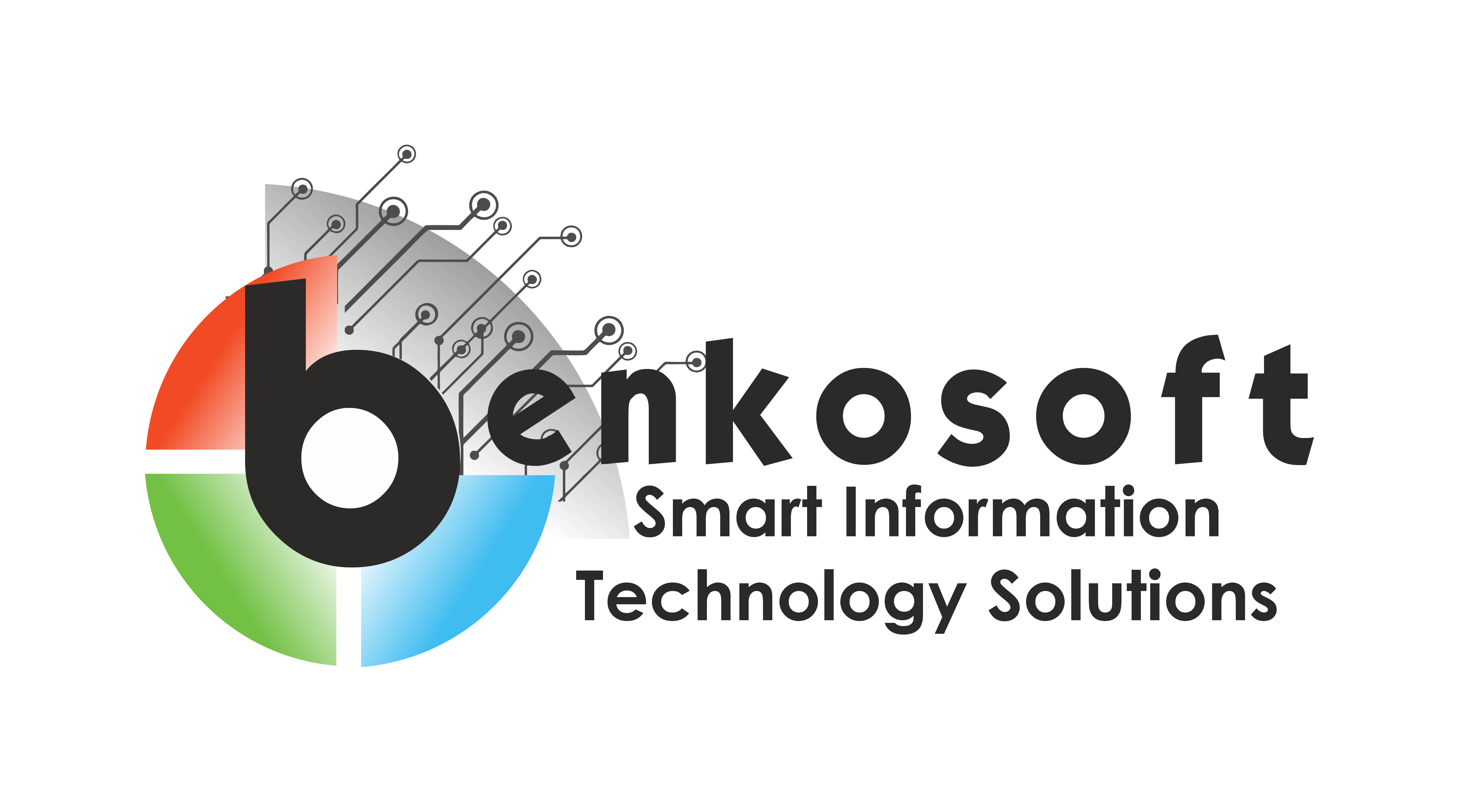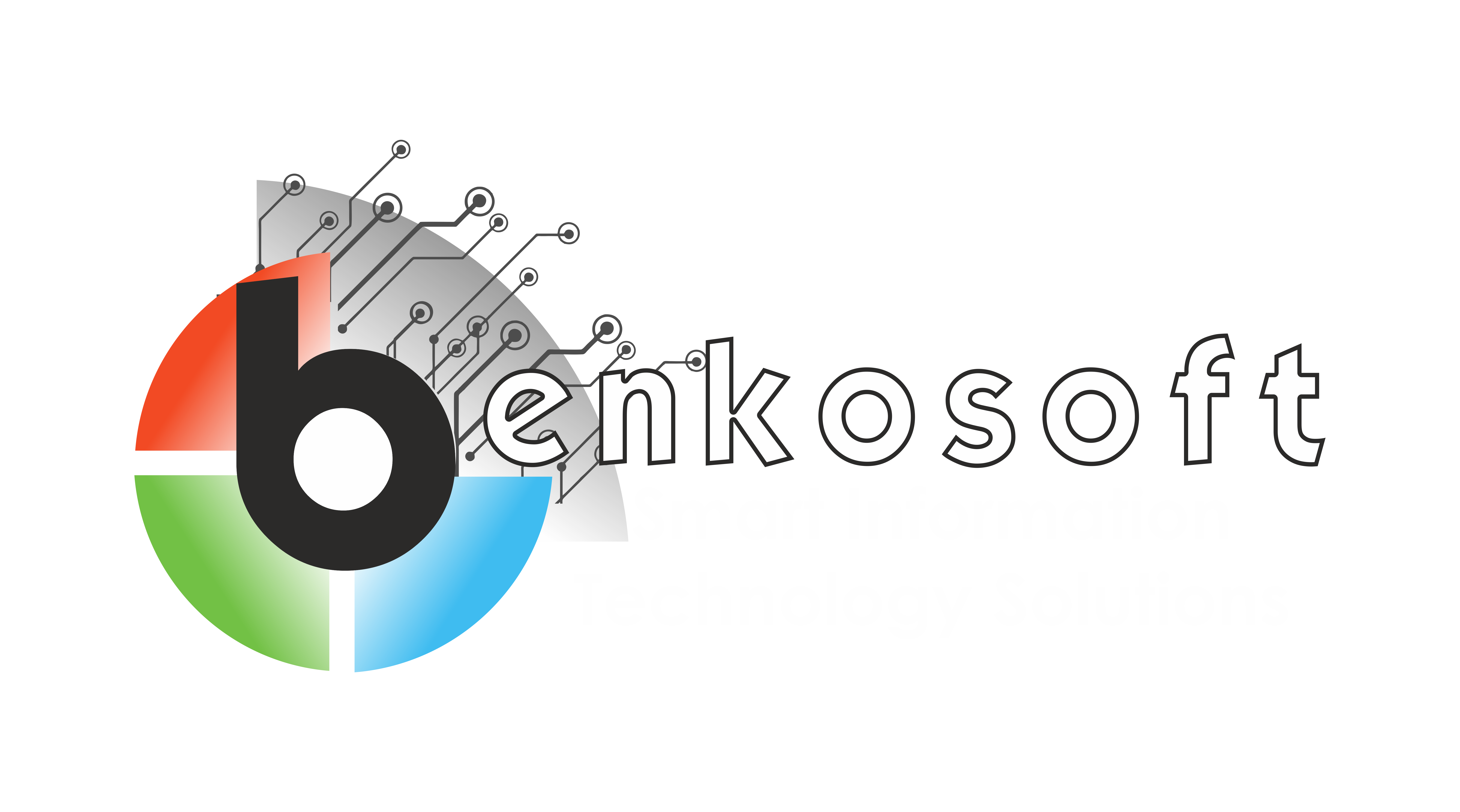Technologies
Windows Forms
Windows Forms (WinForms) is a graphical class library included in the Microsoft .NET Framework for developing rich Windows client applications. It allows developers to create applications with a rich user interface (UI) that includes windows, menus, buttons, text boxes, and other controls. WinForms provides a simple and familiar programming model for developers, making it easy to create desktop applications for Windows.
One of the key features of Windows Forms is its drag-and-drop functionality, which allows developers to easily design the UI of their applications by dragging controls from the toolbox onto the design surface. This makes it easy to create complex UI layouts without having to write a lot of code.
Windows Forms also provides a wide range of controls that can be used to create rich and interactive UIs. These controls include standard controls such as buttons, labels, text boxes, and list boxes, as well as more advanced controls such as data grids, tree views, and tab controls. Developers can customize the appearance and behavior of these controls to suit their application’s needs.
Another key feature of Windows Forms is its support for data binding, which allows developers to easily bind controls to data sources such as databases or collections. This makes it easy to create applications that display and manipulate data in a dynamic and interactive way.
Windows Forms applications can be deployed as standalone executables or as part of a larger application. They can also be deployed using ClickOnce deployment, which allows users to easily install and update applications over the internet.
Overall, Windows Forms is a powerful and versatile framework for building desktop applications for Windows. Its simple programming model, rich set of controls, and support for data binding make it a popular choice among developers for creating Windows applications with a rich and interactive user interface.

